My Favourite Painting: The Marchioness of Northampton
A painting by Aigana Gali is the choice this week, an image that 'evokes the duality of the physical world and spiritual beliefs, being and nothingness'.
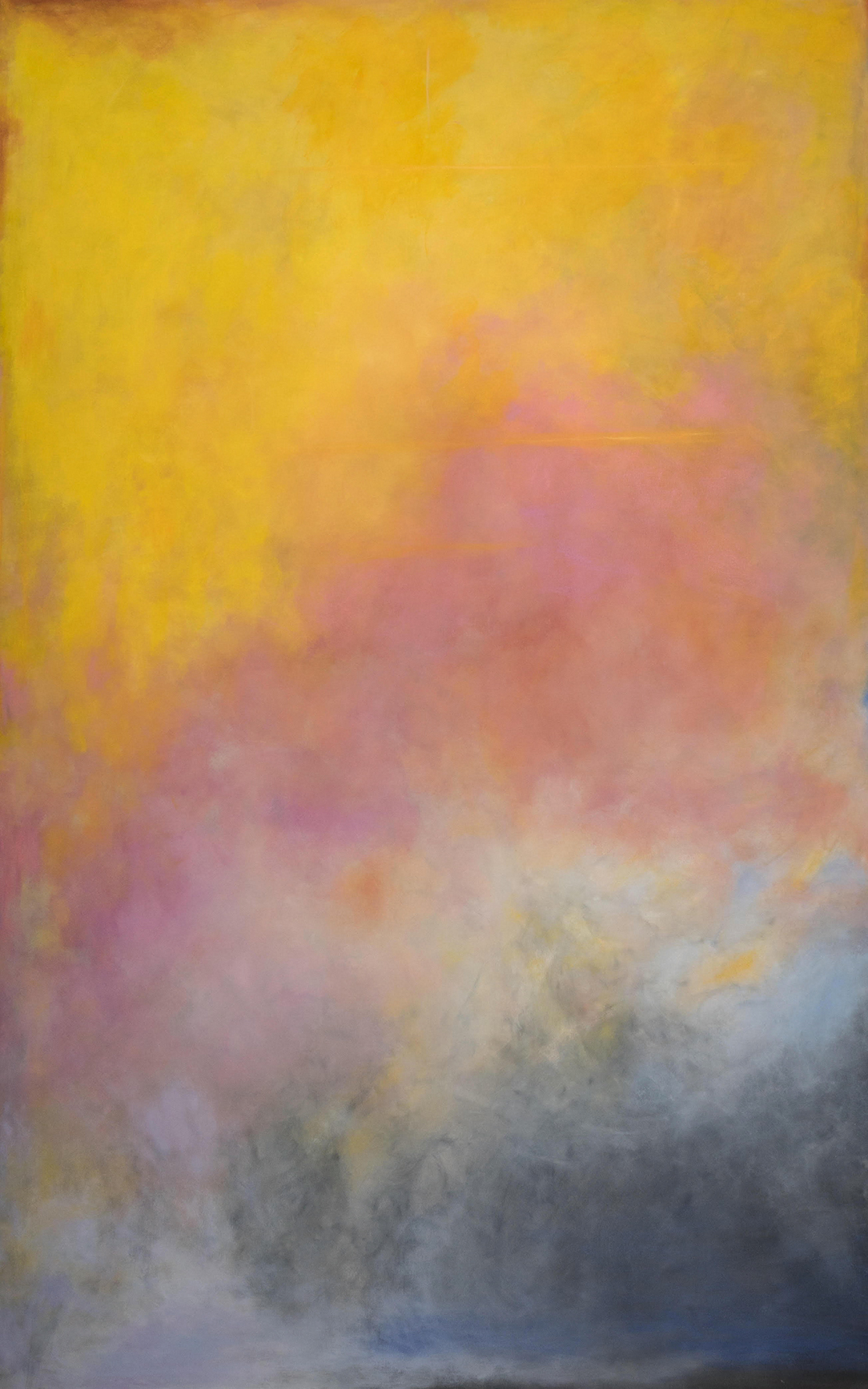

The Marchioness of Northampton on Ainalaiyn by Aigana Gali
‘I first saw this painting at Aigana Gali’s fine-art exhibition in London; she has since become a dear friend. Her creative inspiration comes from the Kazakh Steppe and her longing to return to her roots in that beautiful and unworldly landscape.
‘Her paintings explore the natural world, which makes her art so appropriate for our new hotel, The Falcon at Castle Ashby, dedicated to our connection to Nature and one another. This painting evokes the duality of the physical world and spiritual beliefs, being and nothingness. It is the atmospheric emptiness of the vast steppe plains. An emptiness filled with hope’
The Marchioness of Northampton is the chatelaine of Castle Ashby, Northamptonshire.
John McEwen on Ainalaiyn
Aigana Gali is a Kazakh artist based in London. She was born in Almaty, the former capital of Kazakhstan, where her father was an engineer. Her interest in art was inspired by her grandfather, who was also an artist, and consolidated at secondary school by her art teacher. In 2007, she came to London to do her MA at the Sotheby’s Institute of Art.
Almaty is where East met West on the Great Silk Road. Miss Gali’s art is inspired by this rich history and the endless steppe of her homeland: ‘I can see its nature in everything I do… a deep feeling of nothingness washes over you, but it’s the perfect “nothing”… The knowledge of understanding oneself is graciously met when immersed in such a place… you feel the true proportion of your personality against this enormous void.’
She has met the challenge of expressing these mystical feelings in her ‘Steppe’ series, of which Ainalaiyn is an example. The title derives from the legend of Ainalaiyn, in which the ancient shamanic tribes would select one of their male children as an ideal of perfection, the Ainalaiyan or ‘The Dearest’. When Ainalaiyn came of age, the tribes would gather and his perfection would be imparted to each member in turn by walking hand in hand with him around a ceremonial pole. Then Ainalaiyn would be sacrificed as a divine offering.
Over the centuries, this pre-Islamic legend survived only in the use of the word in a ritual, in which a healthy person would chant ‘Ainalaiyn’ when walking round an ill or devastated person, the affliction transferred from the victim to the comforter in an act of divine self-sacrifice.
Miss Gali’s Meditator II painting from the ‘Tengri. Lightworks’ collection was recently selected for the Summer Exhibition 2021 at the Royal Academy (until January 2, 2022).
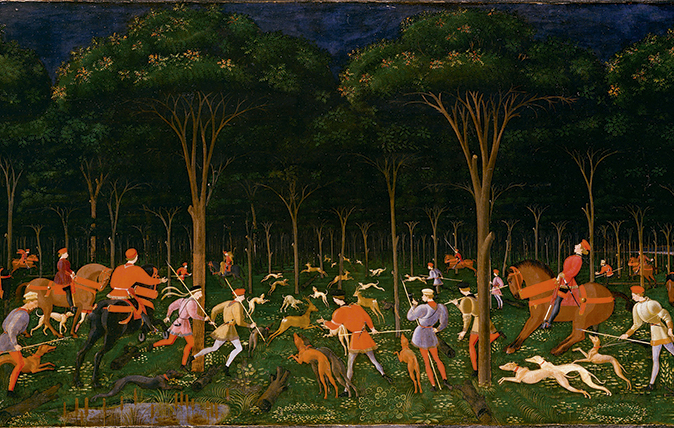
Credit: © Ashmolean Museum
Sign up for the Country Life Newsletter
Exquisite houses, the beauty of Nature, and how to get the most from your life, straight to your inbox.
My favourite painting: Lord Dalmeny
'There is no religious dogma, just entrancing charm, whimsy and Pony Club heroics on display under the dark Narnian canopy'
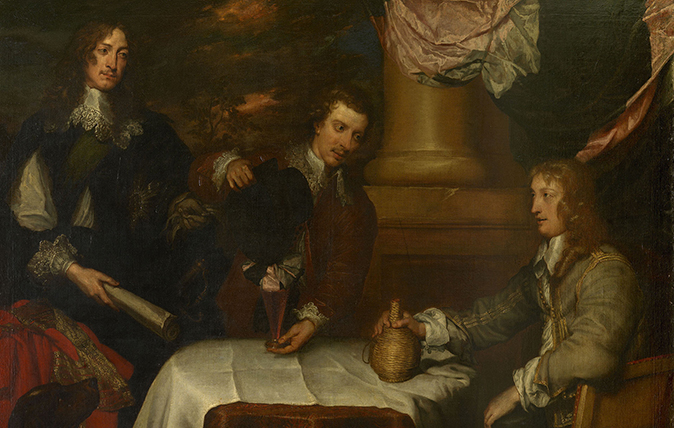
My favourite painting: Bernard Taylor
'I am fascinated by the drama clearly visible on the subjects’ faces and intrigued by the events that led to
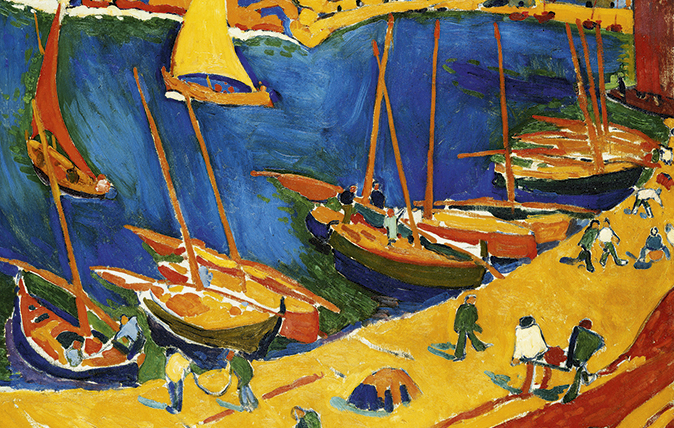
My favourite painting: Peter May
'Vividly coloured sailing boats in a harbour, which I gazed at for hours'
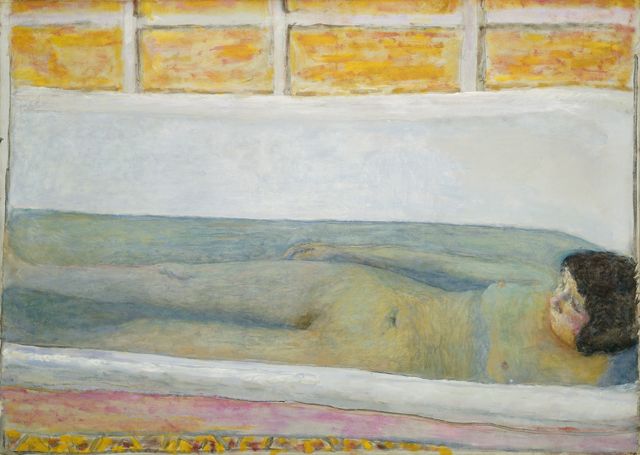
My favourite painting: Lauren Child
Lauren Child chooses her favourite painting for Country Life.
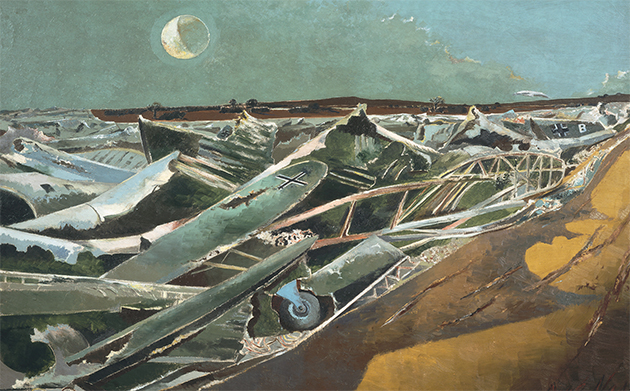
My favourite painting: Robert Macfarlane
Robert Macfarlane chooses his favourite painting for Country Life.
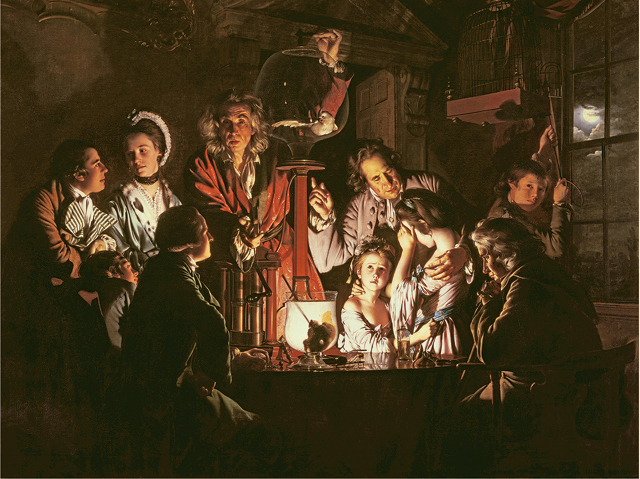
My favourite painting: Nicola Shulman
Nicola Shulman chooses her favourite painting for Country Life.
Country Life is unlike any other magazine: the only glossy weekly on the newsstand and the only magazine that has been guest-edited by HRH The King not once, but twice. It is a celebration of modern rural life and all its diverse joys and pleasures — that was first published in Queen Victoria's Diamond Jubilee year. Our eclectic mixture of witty and informative content — from the most up-to-date property news and commentary and a coveted glimpse inside some of the UK's best houses and gardens, to gardening, the arts and interior design, written by experts in their field — still cannot be found in print or online, anywhere else.
-
 Designer's Room: A solid oak French kitchen that's been cleverly engineered to last
Designer's Room: A solid oak French kitchen that's been cleverly engineered to lastKitchen and joinery specialist Artichoke had several clever tricks to deal with the fact that natural wood expands and contracts.
By Amelia Thorpe
-
 Chocolate eggs, bunnies and the Resurrection: Country Life Quiz of the Day, April 18, 2025
Chocolate eggs, bunnies and the Resurrection: Country Life Quiz of the Day, April 18, 2025Friday's quiz is an Easter special.
By James Fisher
-
 'As a child I wanted to snuggle up with the dogs and be part of it': Alexia Robinson chooses her favourite painting
'As a child I wanted to snuggle up with the dogs and be part of it': Alexia Robinson chooses her favourite paintingAlexia Robinson, founder of Love British Food, chooses an Edwin Landseer classic.
By Charlotte Mullins
-
 The Pre-Raphaelite painter who swapped 'willowy, nubile women' for stained glass — and created some of the best examples in Britain
The Pre-Raphaelite painter who swapped 'willowy, nubile women' for stained glass — and created some of the best examples in BritainThe painter Edward Burne-Jones turned from paint to glass for much of his career. James Hughes, director of the Victorian Society, chooses a glass masterpiece by Burne-Jones as his favourite 'painting'.
By Charlotte Mullins
-
 'I can’t look away. I’m captivated': The painter who takes years over each portrait, with the only guarantee being that it won't look like the subject
'I can’t look away. I’m captivated': The painter who takes years over each portrait, with the only guarantee being that it won't look like the subjectFor Country Life's My Favourite Painting slot, the writer Emily Howes chooses a work by a daring and challenging artist: Frank Auerbach.
By Toby Keel
-
 My Favourite Painting: Rob Houchen
My Favourite Painting: Rob HouchenThe actor Rob Houchen chooses a bold and challenging Egon Schiele work.
By Charlotte Mullins
-
 My Favourite Painting: Jeremy Clarkson
My Favourite Painting: Jeremy Clarkson'That's why this is my favourite painting. Because it invites you to imagine'
By Charlotte Mullins
-
 The chair of the National Gallery names his favourite from among the 2,300 masterpieces — and it will come as a bit of a shock
The chair of the National Gallery names his favourite from among the 2,300 masterpieces — and it will come as a bit of a shockAs the National Gallery turns 200, the chair of its board of trustees, John Booth, chooses his favourite painting.
By Toby Keel
-
 'A wonderful reminder of what the countryside could and should be': The 200-year-old watercolour of a world fast disappearing
'A wonderful reminder of what the countryside could and should be': The 200-year-old watercolour of a world fast disappearingChristopher Price of the Rare Breed Survival Trust on the bucolic beauty of The Magic Apple Tree by Samuel Palmer, which he nominates as his favourite painting.
By Charlotte Mullins
-
 My favourite painting: Andrew Graham-Dixon
My favourite painting: Andrew Graham-Dixon'Lesson Number One: it’s the pictures that baffle and tantalise you that stay in the mind forever .'
By Country Life